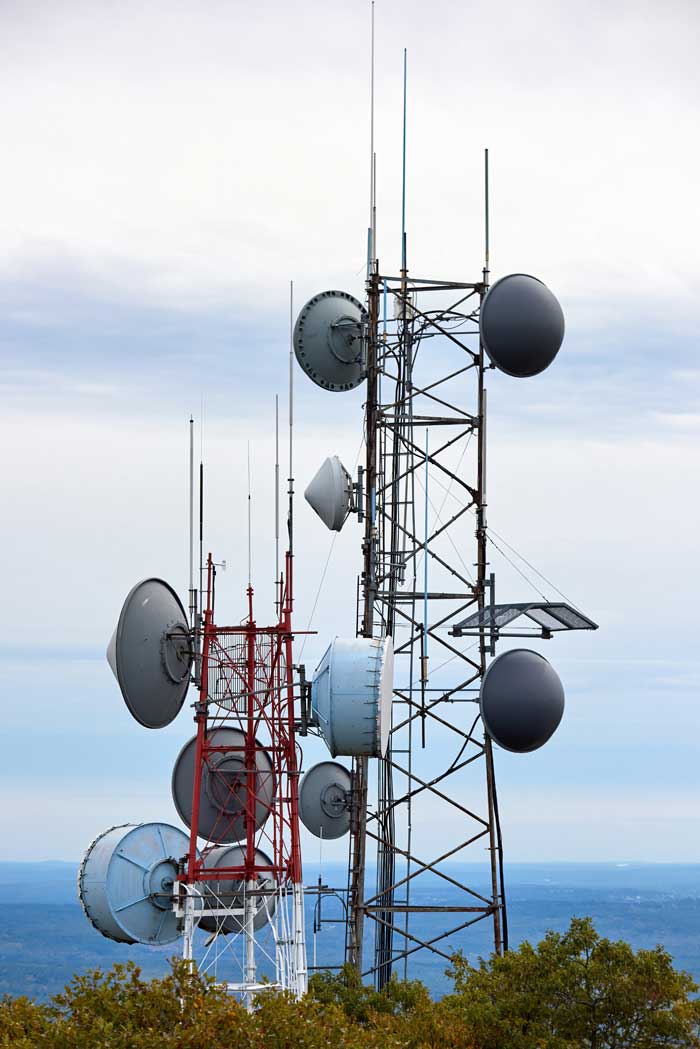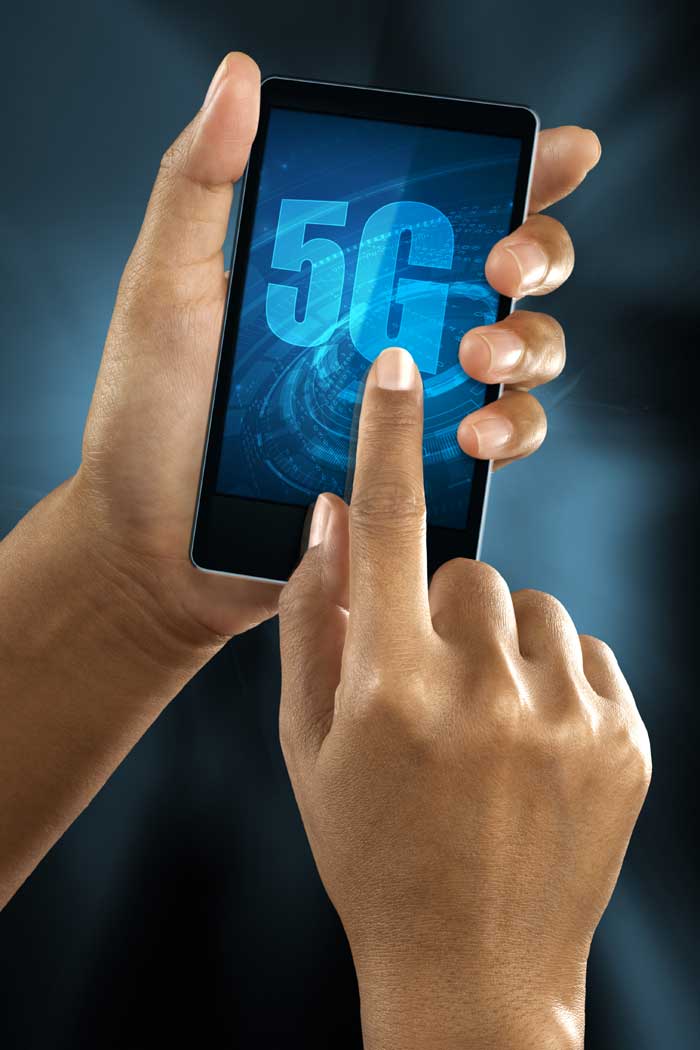Position of the Foundation on the availability of 5G (April 2020) We have no hindsight and therefore no scientific studies on humans that would make it possible to establish a link between cancers and 5G.
The effects of a potential carcinogen are usually only observed after exposure for decades, i.e. 20 or 30 years.
Should all suspected potential carcinogens be banned in principle? precaution?
That seems unrealistic.
The IARC (or IARC) offshoot of the WHO is continuously studying and establishing a list of carcinogenic agents:
to date, 120 have been confirmed, group A 83 are probably carcinogenic to humans, group 2A 314 are possibly carcinogenic, group 2B https://monographs.iarc.fr/fr/agents-classes-par -les-monographies-du-circ-2/
The vast majority of them, apart from asbestos, group 1 agents, whose links are absolutely proven, are not subject to ban.
In 2011, the IARC classified radio waves sequences related to mobile phones in group 2B, i.e. possibly carcinogenic to humans.
https://www.iarc.fr/wp-content/uploads /2018/07/pr208_E.pdf
The conclusion of the symposium we organized a few years ago on environment and health, (before 5G but with at least 20 years of use of mobile phones) , Dr. Vanderstaeten's conclusion was that:
“In reality, there is no clear 'yes' or 'no' answer to the question 'Exposure to RF electromagnetic fields from communication systems without wire harmful to health?', although many 'independent international expert groups' believe that there is no serious indication of harm.
That's reassuring , especially since after years of use, no clear indication of health damage has been found in the event of compliance with the recommendations issued by national and international bodies.
But of u n the other hand, we do not yet know enough about the consequences of the current exposure of a lifetime and on the whole population to RF radiation from wireless communication systems to be able to say definitively. »











Comments (0)